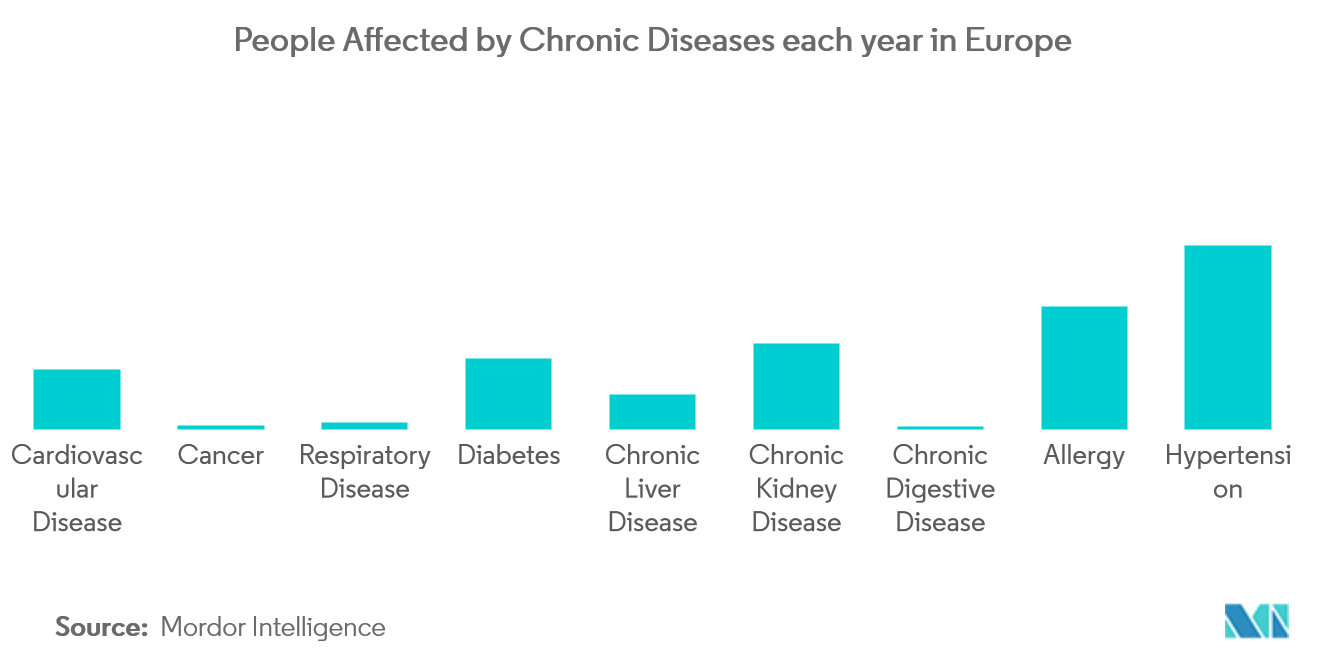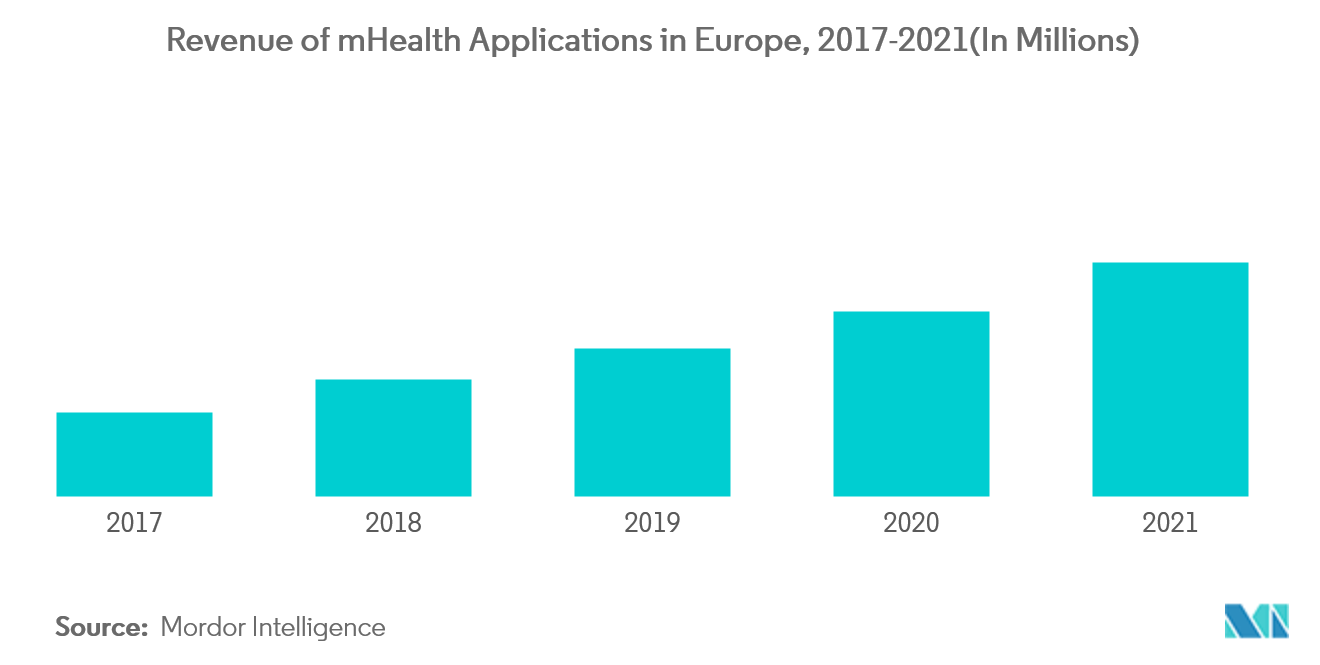Market Trends of Telehealth Services Industry in Europe
This section covers the major market trends shaping the Europe Telehealth Service Market according to our research experts:
Rapid Increase in Chronic Diseases
A rapid increase in the number of patients suffering from several chronic diseases such as diabetes, cancer, Alzheimer's, and cardiovascular diseases has been observed in Europe. These chronic diseases require a long-term patient monitoring service which is offered by telehealth.
There is a shortage of medical professionals and a growing preference for remote healthcare management of chronic conditions. According to the statistics each year the number of new cancer cases in Europe is over 3.7 million which is around one-quarter of total cancer cases in the world, whereas the population of Europe is one-eighth of the total world's population.
Additionally, telehealth services help to enhance patient engagement activities and bridge the gap between patients & healthcare providers. This kind of service reduces the hassles of scheduling appointments, eliminates the need for an in-person consultation, and thereby, reduces the care expenses and unnecessary costs which in turn is expected to drive the growth of the Europe telehealth market in the forthcoming years.

Adoption of mHealth applications
The mHealth segment holds the highest revenue share of 34.4% in the telehealth segment.
There has been an increase in the number of mHealth apps for health, medical and wellness applications and the number of smartphone users in Europe. Additionally, there has been a high adoption of mobile healthcare applications and constant mobile app improvements with better functionality by the manufacturers also drive the growth of this market.
Increasing adoption of mobile healthcare applications for disease management, remote patient monitoring, medication management, patient tracking, women's health, fitness and wellness, and personal health record management among others is also expected to drive the segment growth.
The growing benefit of telehealthcare technology especially in non-emergency and where direct or face-to-face interaction of patient and provider interactions are not required also anticipated to drive the segment growth. Increasing preference for telehealthcare services among the medical professionals and patients to improve access to care in remote locations and reduce the risk of direct transmission of infectious pathogens are also anticipated to support the growth.


